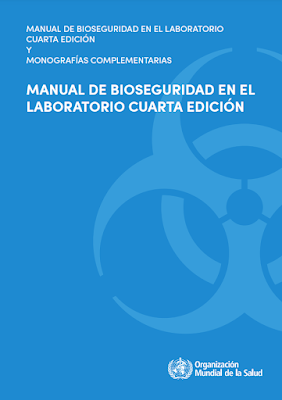VIDEO: Aseptic laboratory techniques: plating methods.
Abstract:
Microorganisms are present on all inanimate surfaces creating ubiquitous sources of possible contamination in the laboratory. Experimental success relies on the ability of a scientist to sterilize work surfaces and equipment as well as prevent contact of sterile instruments and solutions with non-sterile surfaces. Here we present the steps for several plating methods routinely used in the laboratory to isolate, propagate, or enumerate microorganisms such as bacteria and phage. All five methods incorporate aseptic technique, or procedures that maintain the sterility of experimental materials. Procedures described include (1) streak-plating bacterial cultures to isolate single colonies, (2) pour-plating and (3) spread-plating to enumerate viable bacterial colonies, (4) soft agar overlays to isolate phage and enumerate plaques, and (5) replica-plating to transfer cells from one plate to another in an identical spatial pattern. These procedures can be performed at the laboratory bench, provided they involve non-pathogenic strains of microorganisms (Biosafety Level 1, BSL-1). If working with BSL-2 organisms, then these manipulations must take place in a biosafety cabinet. Consult the most current edition of the Biosafety in Microbiological and Biomedical Laboratories (BMBL) as well as Material Safety Data Sheets (MSDS) for Infectious Substances to determine the biohazard classification as well as the safety precautions and containment facilities required for the microorganism in question. Bacterial strains and phage stocks can be obtained from research investigators, companies, and collections maintained by particular organizations such as the American Type Culture Collection (ATCC). It is recommended that non-pathogenic strains be used when learning the various plating methods. By following the procedures described in this protocol, students should be able to: Perform plating procedures without contaminating media. Isolate single bacterial colonies by the streak-plating method. Use pour-plating and spread-plating methods to determine the concentration of bacteria. Perform soft agar overlays when working with phage. Transfer bacterial cells from one plate to another using the replica-plating procedure. Given an experimental task, select the appropriate plating method.
Reference:
Sanders ER. Aseptic laboratory techniques: plating methods. J Vis Exp. 2012 May 11;(63). pii: 3064.
Microorganisms are present on all inanimate surfaces creating ubiquitous sources of possible contamination in the laboratory. Experimental success relies on the ability of a scientist to sterilize work surfaces and equipment as well as prevent contact of sterile instruments and solutions with non-sterile surfaces. Here we present the steps for several plating methods routinely used in the laboratory to isolate, propagate, or enumerate microorganisms such as bacteria and phage. All five methods incorporate aseptic technique, or procedures that maintain the sterility of experimental materials. Procedures described include (1) streak-plating bacterial cultures to isolate single colonies, (2) pour-plating and (3) spread-plating to enumerate viable bacterial colonies, (4) soft agar overlays to isolate phage and enumerate plaques, and (5) replica-plating to transfer cells from one plate to another in an identical spatial pattern. These procedures can be performed at the laboratory bench, provided they involve non-pathogenic strains of microorganisms (Biosafety Level 1, BSL-1). If working with BSL-2 organisms, then these manipulations must take place in a biosafety cabinet. Consult the most current edition of the Biosafety in Microbiological and Biomedical Laboratories (BMBL) as well as Material Safety Data Sheets (MSDS) for Infectious Substances to determine the biohazard classification as well as the safety precautions and containment facilities required for the microorganism in question. Bacterial strains and phage stocks can be obtained from research investigators, companies, and collections maintained by particular organizations such as the American Type Culture Collection (ATCC). It is recommended that non-pathogenic strains be used when learning the various plating methods. By following the procedures described in this protocol, students should be able to: Perform plating procedures without contaminating media. Isolate single bacterial colonies by the streak-plating method. Use pour-plating and spread-plating methods to determine the concentration of bacteria. Perform soft agar overlays when working with phage. Transfer bacterial cells from one plate to another using the replica-plating procedure. Given an experimental task, select the appropriate plating method.
Reference:
Sanders ER. Aseptic laboratory techniques: plating methods. J Vis Exp. 2012 May 11;(63). pii: 3064.

+19.11.38.png)


Comentarios